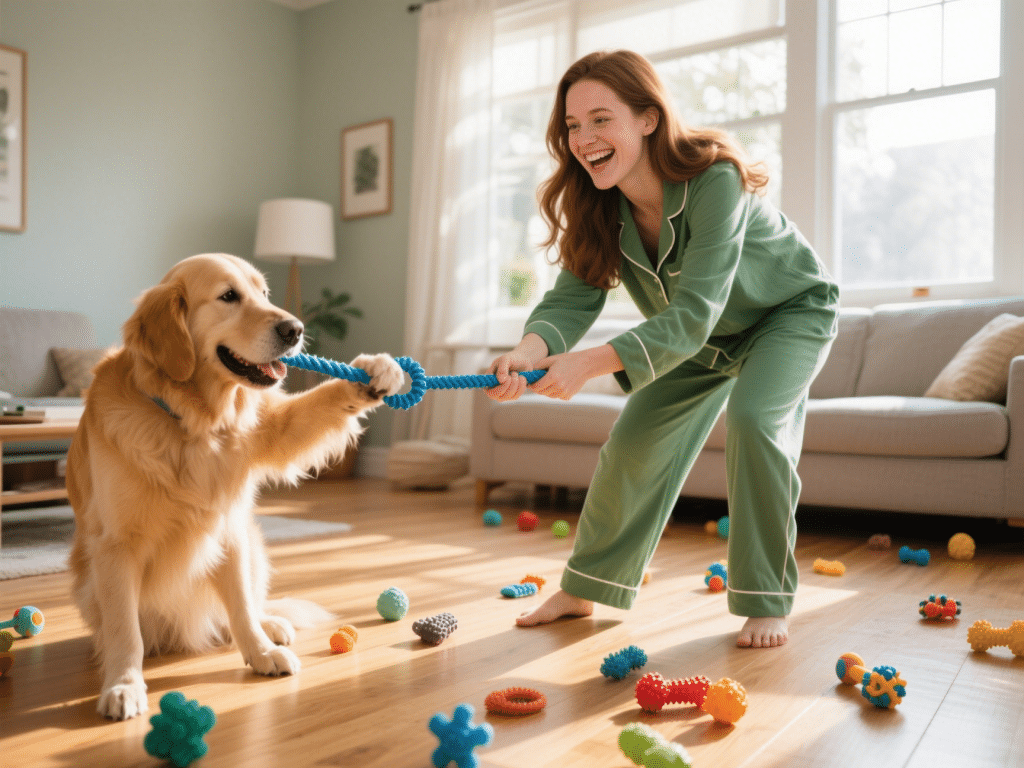Essential Tips for First-Time Pet Owners: A Comprehensive Guide
Bringing home your first pet is exhilarating yet overwhelming. This evidence-based guide cuts through the noise with veterinarian-approved practices to ensure a thriving companion.
1. Choosing Your Pet: Beyond the “Cute Factor”
Lifestyle Alignment: Active breeds like Border Collies require 2+ hours of daily exercise – unsuitable for apartment dwellers. Senior cats often adapt better to busy professionals than kittens.
Adoption First: 6.3 million companion animals enter U.S. shelters annually. Reputable shelters (ASPCA-affiliated) provide health screenings and behavioral assessments.
Species-Specific Needs: Parrots can live 50+ years; hamsters are nocturnal; reptiles need precise thermal gradients. Research extensively before committing.
2. Pre-Arrival Prep: The Essential Checklist
Safety-Proofing:
Toxic Plants: Remove lilies (fatal to cats), sago palms, azaleas
Secure trash cans, hide electrical cords, install baby gates
Designate a “safe room” for initial adjustment
Supplies Investment:
Food: Look for AAFCO certification on labels
Enrichment: Puzzle feeders, scratching posts, chew-resistant toys
Habitat: Appropriately sized crate/carrier, aquarium with filtration, or enclosure
3. The First 72 Hours: Critical Adjustment Period
Quiet Introduction: Limit visitors. Use pheromone diffusers (Feliway for cats, Adaptil for dogs) to reduce anxiety.
Routine Establishment: Feed/walk at identical times daily. Consistency builds security.
Vet Visit Within 48 Hours: Baseline exams detect hidden issues. Bring stool samples for parasite testing.
4. Nutrition & Health: Science-Backed Practices
Decoding Pet Food:
Guaranteed Analysis > Marketing Claims
Avoid fillers like corn syrup and unnamed by-products
Consult WSAVA Global Nutrition Guidelines
Preventive Care Non-Negotiables:
Core vaccines (Rabies, Distemper/Parvo, FVRCP for cats)
Year-round flea/tick/heartworm prevention
Dental hygiene: VOHC-approved products reduce periodontal disease risk by 60%
5. Training & Behavior: Positive Reinforcement Wins
Housebreaking: Take puppies out every 2 hours + after meals. Reward successes with high-value treats (boiled chicken).
Crate Training: Never use as punishment. Gradually increase duration with Kong toys stuffed with peanut butter.
Cat Litter Success: Provide n+1 boxes (2 cats = 3 boxes). Scoop twice daily; use unscented, clumping litter.
6. Financial Planning: The Hidden Costs
Annual Averages (ASPCA 2023):
Dogs: $1,391–$2,008
Cats: $1,149–$1,682
Emergency Fund: Save $3,000+ or consider pet insurance (compare deductibles and exclusions at PawlicyAdvisor.com).
DIY Savings: Learn nail trimming, ear cleaning, and brushing techniques from licensed vet techs.
7. Enrichment > Entertainment
Dogs: Snuffle mats, flirt poles, scent work games
Cats: Vertical spaces (cat trees), window perches, rotating toy schedule
Small Pets: Tunnel systems, foraging toys, chewable hides
8. Recognizing Emergencies
Seek IMMEDIATE vet care for:
Difficulty breathing, seizures, collapse
Bloated abdomen (especially large breeds)
Straining to urinate (blockage risk)
Ingestion of toxins (chocolate, xylitol, grapes)
Pro Tip: Program emergency vet numbers into your phone before crises occur.
Final Thought: Patience is your most vital tool. Mistakes happen – what matters is committing to evidence-based, compassionate care. Your dedication will forge a bond spanning decades.










Comments on "Essential Tips for First-Time Pet Owners: A Comprehensive Guide" :